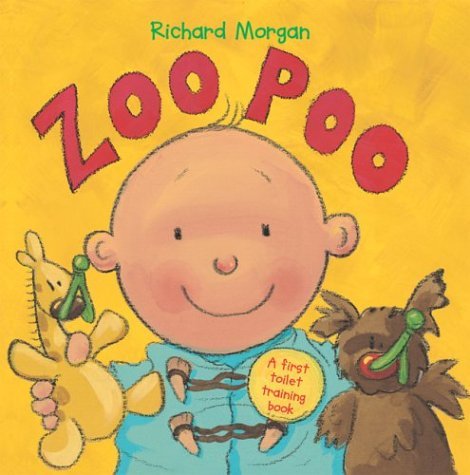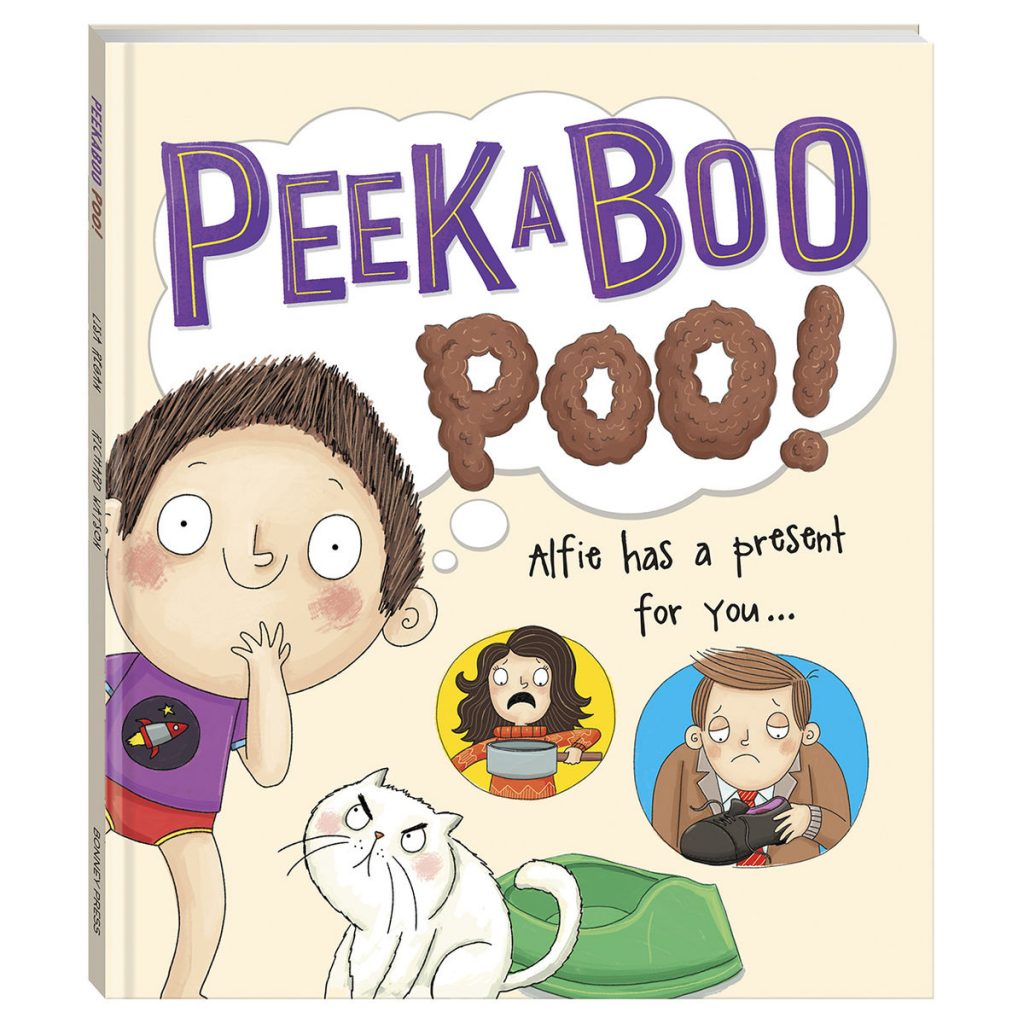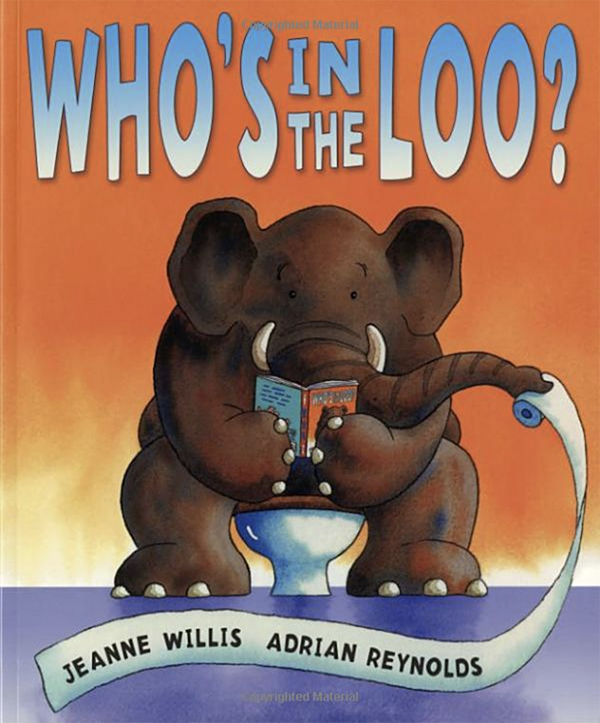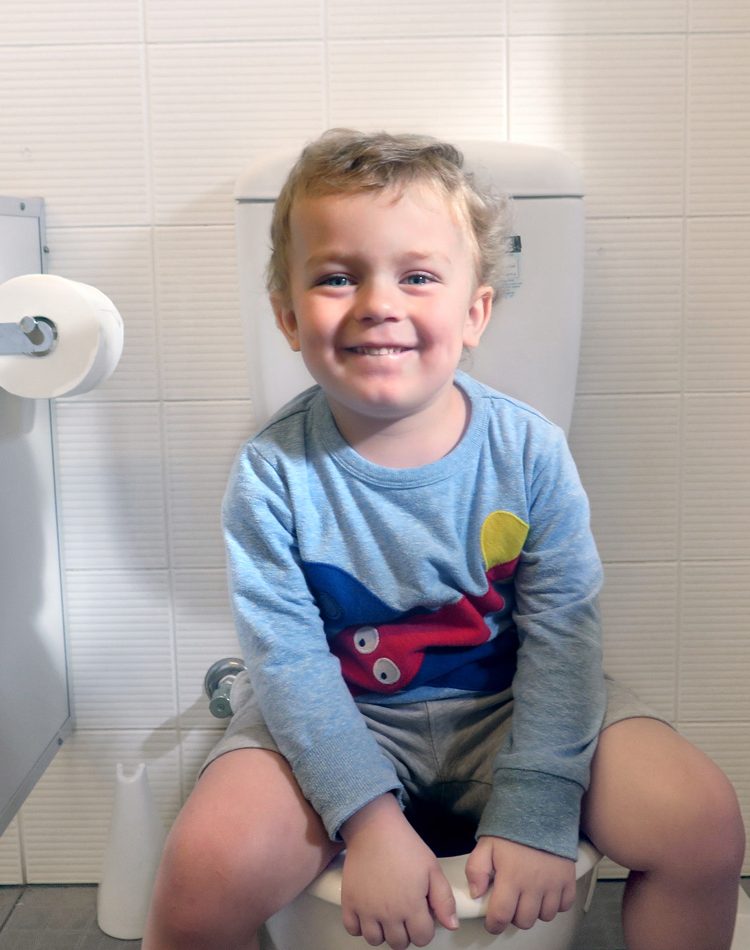

What is Toilet Learning?
Toilet learning is a four stage process that shows and encourages children to learn to use the toilet in a fun, every day way, and most importantly, the learning is done at the child’s pace.
It builds the children’s knowledge and develops the skills needed to use the toilet and become independent in the process.
What are the different stages?
- STAGE ONE: Toilet Play
- STAGE TWO: Toilet Practice
- STAGE THREE: Toilet Learning
- STAGE FOUR: Independent Toileting
“Learning to use the toilet is a natural process that begins when your child’s desire to be grown up and his neurological development have reached the point where he can control his bladder and bowels.
We don’t train children to use the toilet, we support them when they are ready.”
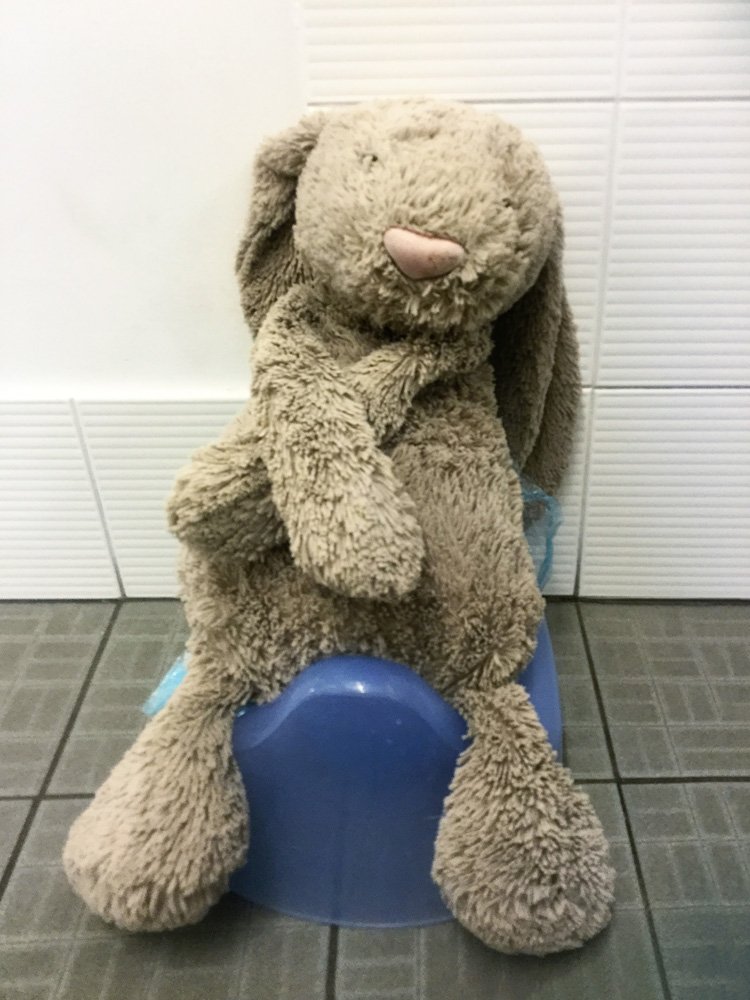

Stage 1: Toilet Play
What is toilet play?
It’s just that. Allow your child to climb on and sit on the toilet with their clothes on or off. Let your child follow you to the toilet and let them see you use it, this is to allow the child to become accustomed to how to use the toilet and sitting on the toilet.
Bring toilet play to the children’s level by using teddies or dolls, pretending to change nappies, wipe and clean bottoms with toilet paper, washing hands, putting on a play potty or on a pretend toilet.
Introduce stories about toileting like “Zoo Poo” by Richard Morgan.
Why do we do this?
This is to allow the child to find out what the toilet is for and how it is used.
Children need to realise that the toilet will not eat them up if they fall in, it will not wash them away and the noise it makes is nothing to be afraid of.
Show the child how to use the toilet, enable your child to imitate you, as you know children like to imitate adults, this is a valuable learning tool.
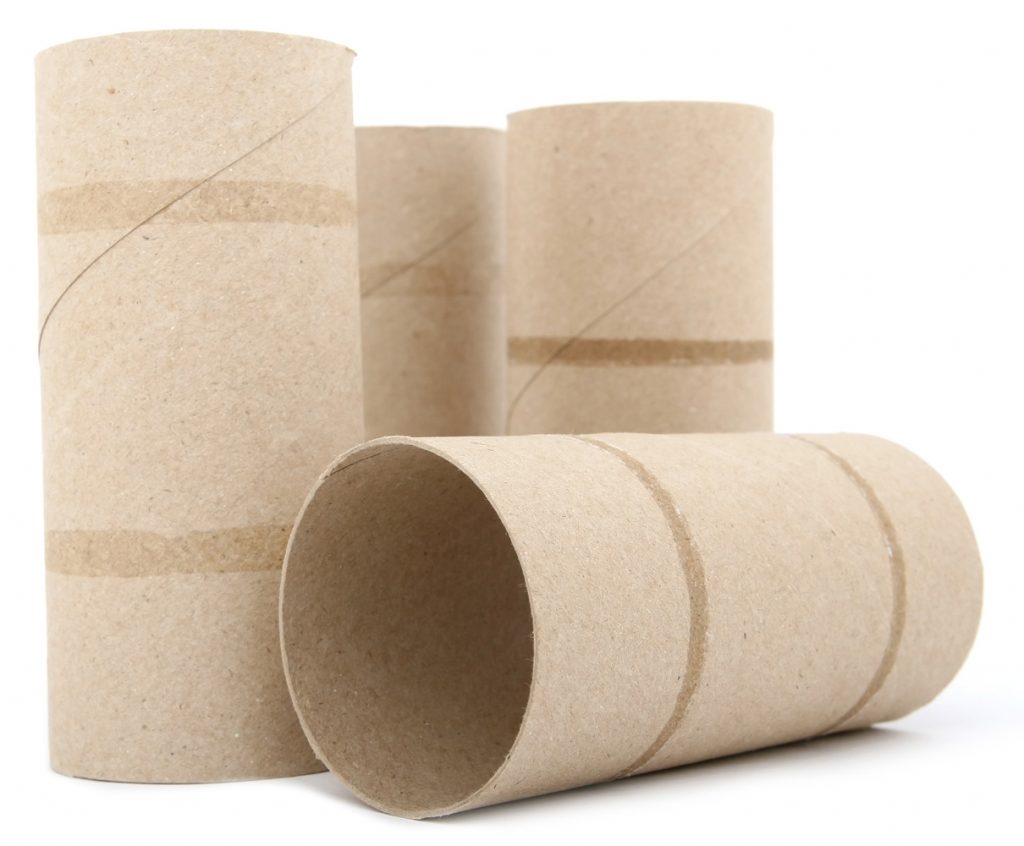

Stage 2: Toilet Practice
This stage is all about skilling, skilling and more skilling: using the flush, letting them see what it does; letting them flush the toilet after you; letting them get up and down from the toilet; standing at or sitting on the toilet; turning the cold water on to wash hands; drying hands; pulling their clothes up and down or off and on; allowing the child to dress themselves.
If clothing is on backwards or inside out it does not matter; encourage them for the effort they have made. This is about empowering the child to become independent.
Try not to correct them, but celebrate with them “You put your pants on yourself, well done!” Remember it’s them learning how to dress themselves. (That is why some times when you pick up your child from their Early Education and Care service their clothes are inside out or back to front or their shoes are on the wrong feet. It’s that we allow the child take pride in the fact they can dress them self).
Tell the child that you need to go to the toilet to urinate or defecate (do a wee/poo) when you need one so they become aware of what the toilet is used for and if Mum/Dad/Brother …. goes then maybe I should try.
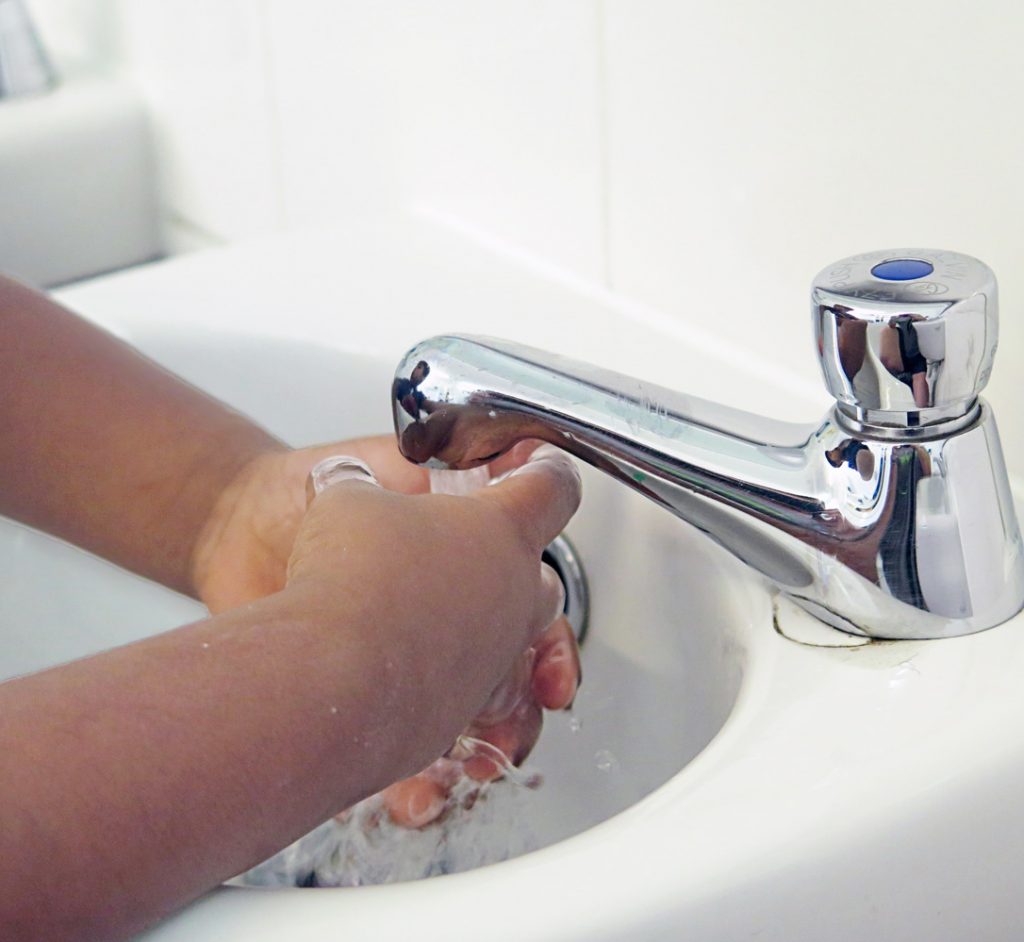

Stage 3: Toilet Learning
The Toilet Learning stage is the most stressful and frustrating for the grown up as children will often have accidents as they are learning to judge and feel when and if they need the toilet. If your child keeps having accidents you may need to put the nappy or pull-up back on, wait a few weeks and try again. This can make all the difference.
Remember that children tend to master control of the bladder sooner then they can control the bowels. They may not know how, or be able, to hold off defecating themselves before they manage to get to the toilet.
Your child may be ready to use the toilet, when they:
- Are able to inform you that they have a wet or soiled nappy.
- Have a dry and clean nappy for a prolonged period of time.
- Can pull their clothes up and down by themselves.
- Want to wear underpants, jocks or knickers.
- Can tell you that they need to urinate or defecate.
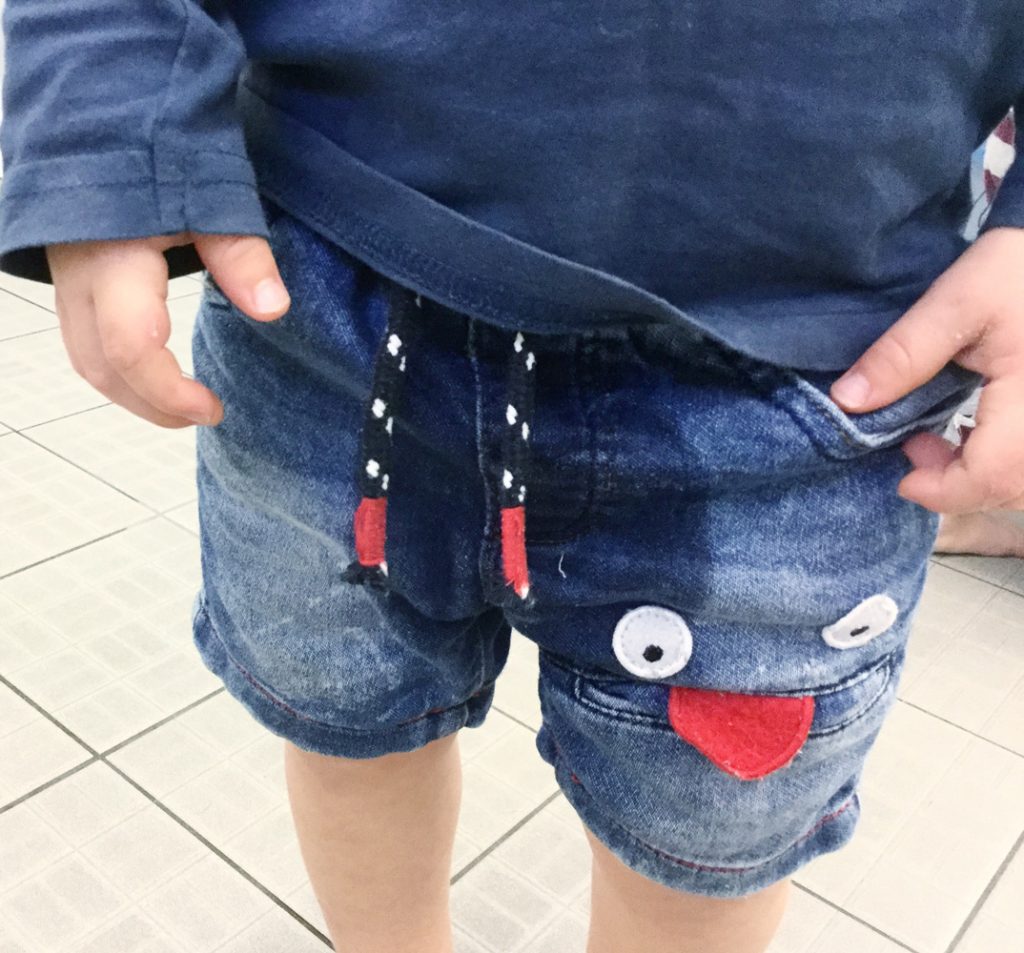

Stage 4: Independent Training
Now that they have cracked Stage 3 let them go by themselves.
BUT if a child becomes wet or soiled, stay calm and be reassuring. Do not make them feel ashamed. You might say, “I see you are wet. Let’s go get some dry clothes.” Your child can get them from the supply in the bathroom and even help wipe the floor and wash their hands.
Let them change at their own pace and give help if they ask for it or if they are overwhelmed. If they have wet clothes but they are playing with a toy, you can wipe up around them and wait until they are finished before suggesting you get some dry clothes.
“There should be no pressure, no reward or punishment, no adult deciding when the child should learn to use the potty.
The environment is prepared and the child is free to explore and imitate in these natural developmental stages.”
Helpful Toilet Learning Tips and Information
Potty or toilet which one to use?
I would recommend going straight to the toilet. Otherwise you will have to carry the potty around with you and later teach them to use the toilet.
Children will have accidents.
When a young child starts to toilet train and even after, they have this ability to over shoot the toilet and get urine everywhere. So remember to pack lots of tops (that don’t hang down), socks, underpants and elasticated pants, skirts, shorts (these are easy for children to pull down). Undoing buttons, belts or ties are skills the child will learn but may be too much for a young child needing to go to the toilet as well. Let them wear shoes like Crocs or thongs that can be wiped clean and dry.
I wouldn’t recommend dresses for children who are learning to use the toilet, because the child will be holding on to the toilet with both hands and unable to hold the dress up. Or if they hold the front of the dress, the back is tucked in to the toilet. It takes great skill to go to the toilet in a dress! Also do not dress them in grow suits or overalls as they are hard to undo and take off, and will dramatically increase the chance of an accident.
When they say they need to go, they usually need to go there and then.
They are just becoming aware of the feeling, and need to go as the bladder is most likely full to bursting point.
Avoid taking the child to the toilet every 20 minutes.
This is not practical, does not let the child develop the awareness of a full bladder and can cause problems later on. Forcing the child to go to the toilet, or sitting them on it for more than 5 minutes could make sitting on the toilet seem a punishment.
Paediatrician, Chris Pearson, chairman of the Child Development and Behaviour Group with the Royal Australasian College of Physicians, says in relation to toileting:
”As soon as the first sign of emotional distress shows up in the child, it is time to stop and try a different technique. If you are creating distress, you are highly likely to inhibit the success of training”.
Every time they go to the toilet, encourage them to wash their hands
Even if they did not go. This will then become second nature and reduce the likelihood of illness from cross contamination.
“Pull-ups” or underpants or both?
I recommend “pull-ups” to begin with so that when the child wants to start toilet learning they can pull them up and down by themselves with some ease. When they have got the hang of this put some underpants on. This will allow the child to feel when they have wet themselves, (modern nappies and “pull-ups” very quickly draw the moisture away from the child keeping them dry).
Please refrain from offering your child bribes with food or other treats
As they will expect rewards every time. Using food as a reward can also lead to issues with food in the future.
“As far as parenting goes, you shouldn’t use food as a reward as [it] could create an emotional attachment and an attraction to that food,” said lead author Dr Jacqueline Peters, from the Women’s and Children’s Health Network at the University of Adelaide
Encourage the child for their efforts
Not just if they are successful in getting to the toilet in time. Refrain from punishing child for having an accident, they do happen even to adults. Encourage the effort, be supportive by reminding them, for instance, that they tried because they told you but couldn’t get there in time, or their pants got stuck. If they keep having accidents stop and wait a few weeks, then try again.
Don't force them to go.
I know I have said it once already but please don’t. Paediatrician, Chris Pearson, Chairman of the Child Development and Behaviour Group with the Royal Australasian College of Physicians, says “it’s important not to create emotional issues for the child by trying to force them to do something they are not ready to do.’’
Keep calm and breath.
I know I have said it once already but please don’t. Paediatrician, Chris Pearson, Chairman of the Child Development and Behaviour Group with the Royal Australasian College of Physicians, says “it’s important not to create emotional issues for the child by trying to force them to do something they are not ready to do.’’
Keep in mind that the process of defecation is an involuntary process.
Children under 3 years of age can struggle with recognising what they are doing. That means that the children can’t or struggle to control their bowels. Let the child take control of the process as much as possible.
Teach children to wipe front to back
This is to reduce the likelihood of cross infection by introducing germs from faeces to the penis or vaginal areas.
Don’t leave the child alone on the toilet
when they want to get off the toilet, let them even if they don’t do anything. Give them encouragement for next time.
Finally, in Early Childhood Education and Care settings we are constantly learning and researching to improve the quality of our service to families and implement best practice for the child. We are trained to do this job and this training is constantly being updated to make sure that we are up to date with best practice.
We are here to help and support you on your journey to supporting your child’s learning the knowledge and skills needed for going to the toilet.
With special thanks to:
- Article Author Christopher Cross (N.N.E.B Diploma in Nursery Nursing, CHC50113 Diploma in Early Childhood Education and Care)
- Kendall Gates (Proud Larrakia Woman)
- Susan Perzamanos (Trainer/Assessor Early Childhood Education and Care)
- Dr Marie Martin PhD (Training Manager @ SOEL and EYE Training – Enterprise Based RTO)
For their insight of Australian and Aboriginal cultural and customs, as well as for their help, advice support, training and editing.

